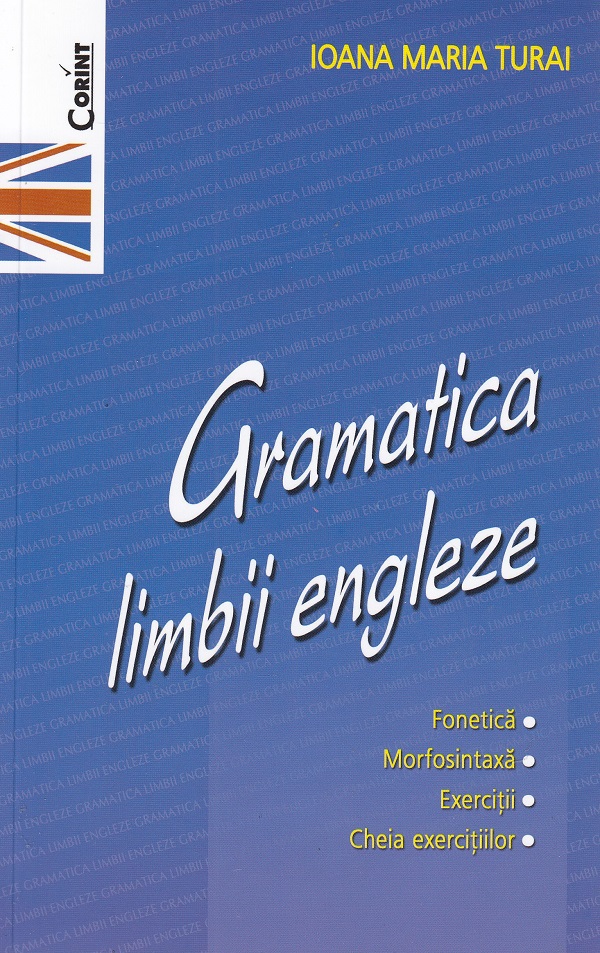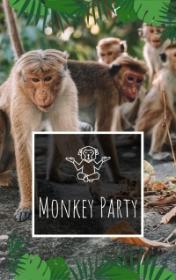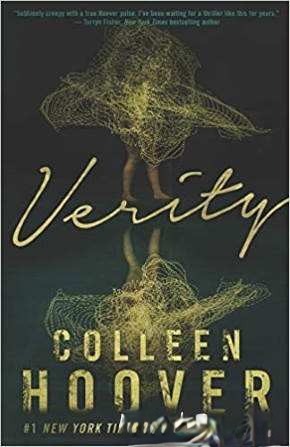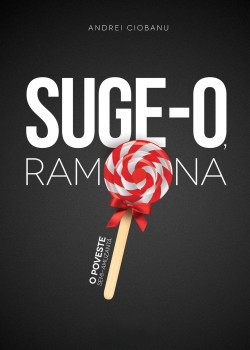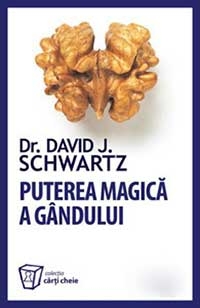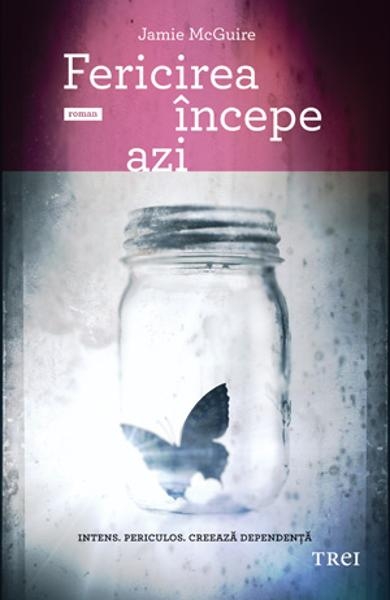Autor Chris Van Tulleken
Categorie De specialitate
Subcategorie Limbi Străine
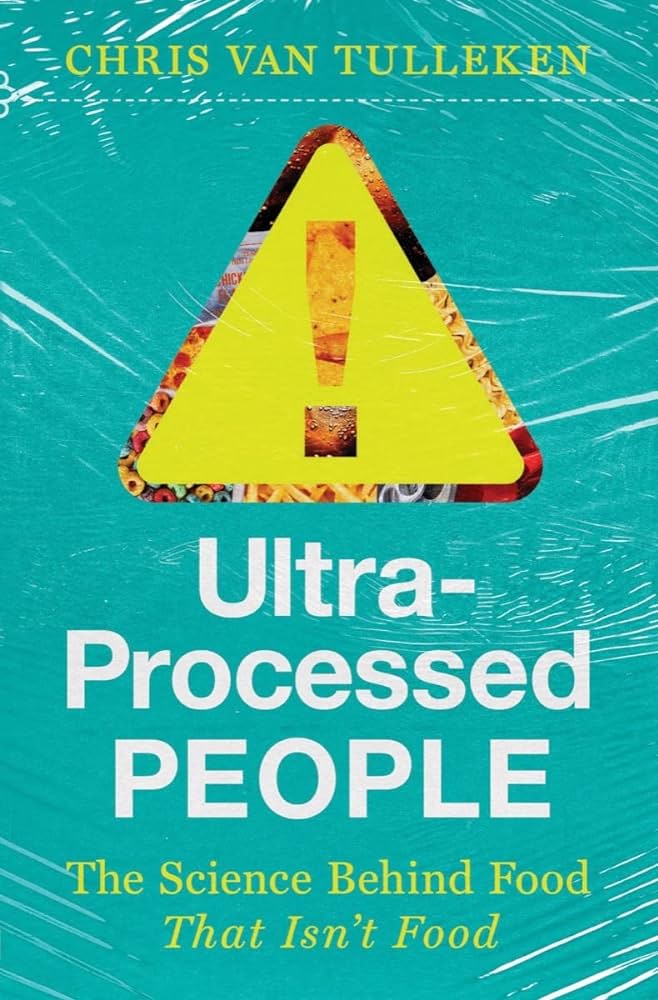
Ultra-Processed People Chris Van Tulleken download free PDF.
Every Wednesday afternoon in the laboratory where I used to work, we had an event called journal club. The word ‘club’ makes it sound more fun than it was. The ritual, practised in labs around the world, worked like this: one member of the lab would present a recent publication from the scientific literature that they felt was relevant to our work, and the rest of us would tear it to pieces. If the paper wasn’t of sufficient quality, then the unhappy person who had selected it would also be torn to pieces. The lab, which is run by Greg Towers, is still based at University College London (UCL), in a converted Victorian hospital built by the same architect who designed the Natural History Museum. It is a beautiful old building, full of mice and leaks. It seemed like an improbable venue for the world-class molecular virology research it produced, when I arrived in 2011 to do a PhD. At these journal clubs, Greg and the other senior lab members taught me that science is not a list of rules or facts, but a living argument. Greg was more up for the argument about any data point in any paper than anyone I have met before or since. Nothing went unexamined. It was the best scientific training I could have hoped for. The lab specialty was the ongoing competition between viruses like HIV and the cells they need to infect in order to reproduce. This competition is like a military arms race. All cells have defences against viral attack, and all viruses carry weapons to overcome those defences. As the cells evolve ever more sophisticated defences, so too are the viruses constantly evolving better weapons, which in turn drives the evolution of more cellular defences, and so on. Most of us studied HIV and its viral cousins for exciting reasons, like the development of new drugs and vaccines, but there was a splinter group within the lab that studied a different type of virus, one that barely seemed like a virus at all. Almost half of the DNA in every cell of your body is made of ancient dead virus genes. Known for a long time as ‘junk’ DNA, this topic seemed to be a scientific backwater until, in October 2014, one of the members of the splinter group presented a paper at journal club from the publication Nature, its title dense with jargon: ‘An evolutionary arms race between KRAB zinc-finger genes ZNF91/93 and SVA/L1 retrotransposons’.1 I gave the paper a quick skim before the meeting and found it incomprehensible.
Out of every ten papers presented at journal club, roughly seven would be demolished, two would stand up and provide useful new information, and one would betray evidence of naked fraud. It wasn’t clear to me which category this paper would fall into. As we talked through the data, I noticed a shift in the atmosphere. Everyone sat forward as the data made the case that these old, dead viruses found throughout the human genome aren’t dead at all. They have functioning genes, ready to make more viruses. Every cell in the human body is a potential virus factory, but something keeps these viral genes quiet. It turned out that they’re suppressed by other genes in the cell. The paper was saying that one part of our genome is constantly at war with another part. The implications of this were immediately obvious to everyone in a lab familiar with the nature of arms races. Whether they involve competition between viruses, neighbourhood disputes, sports teams, political campaigns or global superpowers, all arms races must generate complexity. As insurgency develops, so must counterinsurgency. Intelligence begets counterintelligence, with double and triple agents. It’s the development of ever more sophisticated weapons that drives the evolution of ever more sophisticated defences. Because the human genome is in an internal arms race, with one piece of DNA at war with another, this means that it must inexorably be driven towards ever greater complexity. Over thousands of generations, as those old ‘dead’ viruses evolve, so the rest of the genome must evolve to keep them quiet. This arms race within our genes has been going on since the dawn of life, and it may very well be the engine of the evolution of complexity itself. The major difference between the human genome and that of chimpanzees is not in the parts that code for proteins (which are around 96 per cent similar) but in the parts that seem to come from the old, dead viruses.2 The paper transformed my understanding of myself, even if it took me a while to get my head around the idea that, at least in part, I’m an assembly of old viruses at war with my other genes.
It may change the way you see yourself, too. You aren’t simply living alongside this arms race between different genes – you’re the product of it, an uneasy coalition of competing genetic elements. These coalitions and competitions extend beyond our genes. Where ‘you’ end and ‘not you’ begins is far from clear. You’re covered in microbes that keep you alive – they’re a part of you as much as your liver is – but those same microbes can kill you if they get into the wrong area of the body. Our bodies are much more like societies than like mechanical entities, comprising billions of bacteria, viruses and other microbial life forms, but just one primate.
They’re full of odd, negotiated compromises and imperfections. Arms races blur boundaries. I worked in Greg’s lab for six years before going back to being a doctor, but the idea of arms races, the complex systems they create and the boundaries they blur became a key part of the way I think about the world. I continued to do research, but my focus shifted from studying viruses, towards investigating scientific research that was biased or fraudulent. Now I mainly study the food industry and how it affects human health. My laboratory grounding has proved crucial for this: arms races and their effects will come up a lot throughout this book. For a start, to eat is to compete in an arms race that has lasted billions of years. The world around us has a relatively fixed amount of available energy, and all life is engaged in a competition against other forms of life for that energy. Life has, after all, only two projects: reproduction and extracting energy to fuel that reproduction. Predators are locked in competition not only with each other to obtain prey, but also of course with the prey itself, which generally wants to hang onto the energy contained in its meat. The ‘prey’ animals also compete for vegetation both with each other and with the plants themselves, which produce toxins, thorns and other defences against being eaten. Plants compete with each other for sun, water and soil.
Microbes, bacteria, viruses and fungi constantly assault all the organisms in the ecosystem to extract what energy they can. And no one gets ahead for long in an arms race: wolves may be well adapted for eating deer, but deer are superbly adapted to avoid being eaten by wolves and do, on occasion, kill them.fn1 We eat, then, as part of a set of interlinking, entangled arms races, competing for energy flowing between life forms. Like all arms races, this competition has generated complexity, and so everything about eating is complex. Our senses of taste and smell, our immune system, our manual dexterity, our tooth and jaw anatomy, our eyesight: it’s hard to think of any aspect of human biology, physiology or culture that isn’t primarily shaped by our historic need for energy. Over billions of years our bodies have superbly adapted to using a wide range of food. But over the past 150 years food has become … not food. We’ve started eating substances constructed from novel molecules and using processes never previously encountered in our evolutionary history, substances that can’t really even be called ‘food’.
Our calories increasingly come from modified starches, from invert sugars, hydrolysed protein isolates and seed oils that have been refined, bleached, deodorised, hydrogenated – and interesterified. And these calories have been assembled into concoctions using other molecules that our senses have never been exposed to either: synthetic emulsifiers, low-calorie sweeteners, stabilising gums, humectants, flavour compounds, dyes, colour stabilisers, carbonating agents, firming agents and bulking – and anti-bulking – agents. These substances entered the diet gradually at first, beginning in the last part of the nineteenth century, but the incursion gained pace from the 1950s onwards, to the point that they now constitute the majority of what people eat in the UK and the USA, and form a significant part of the diet of nearly every society on earth. And, at the same time as we’ve entered this unfamiliar food environment, we’ve also moved into a new, parallel ecosystem, one with its own arms races that are powered not by the flow of energy, but by the flow of money. This is the new system of industrial food production. In this system we are the prey, the source of the money that powers the system. The competition for that money, which drives increasing complexity and innovation, occurs between an entire ecosystem of constantly evolving corporations, from giant transnational groups to thousands of smaller national companies. And their bait for extracting the money is called ultra-processed food, or UPF. These foods have been put through an evolutionary selection process over many decades, whereby the products that are purchased and eaten in the greatest quantities are the ones that survive best in the market. To achieve this, they have evolved to subvert the systems in the body that regulate weight and many other functions.fn
TOP 10 Cărți
